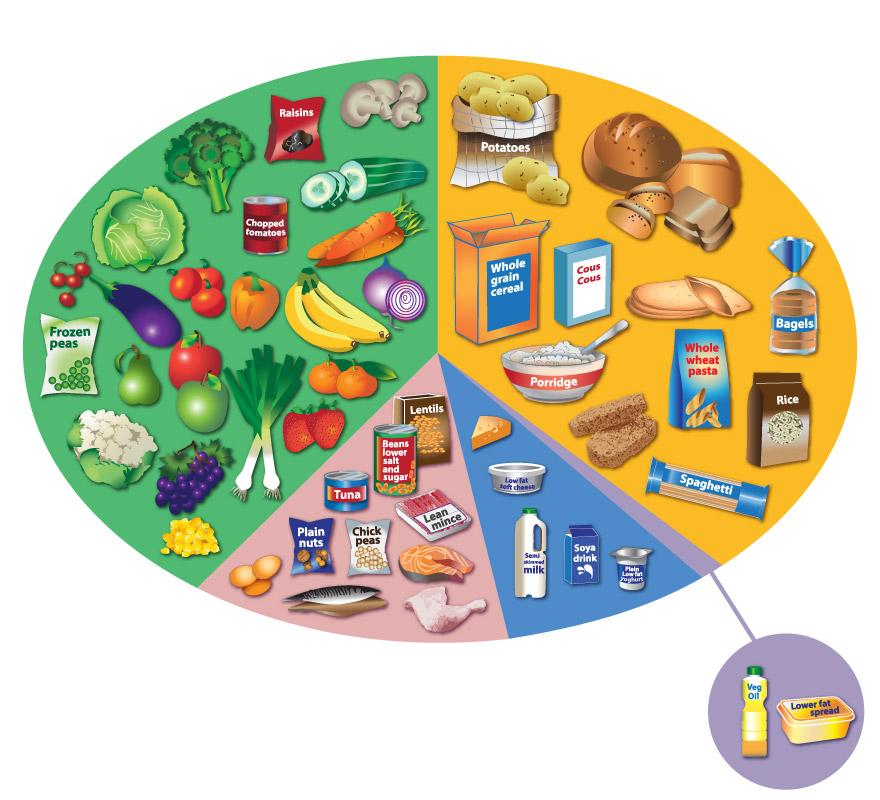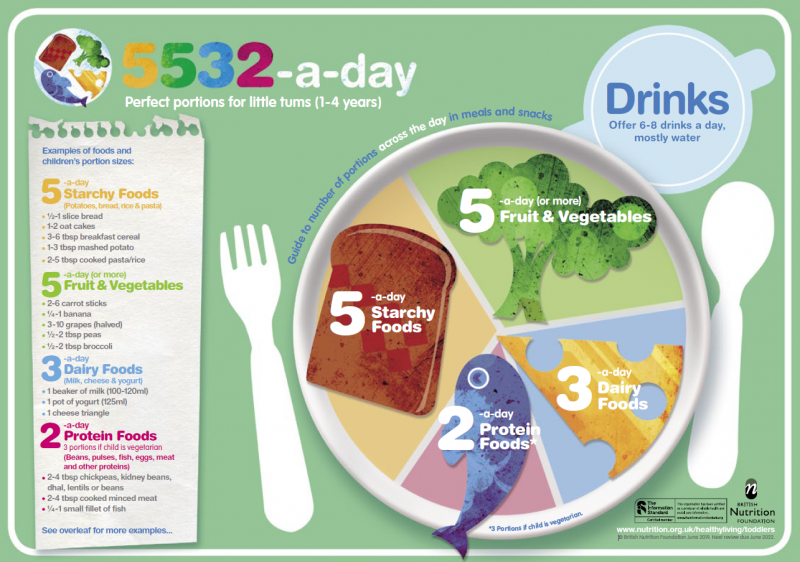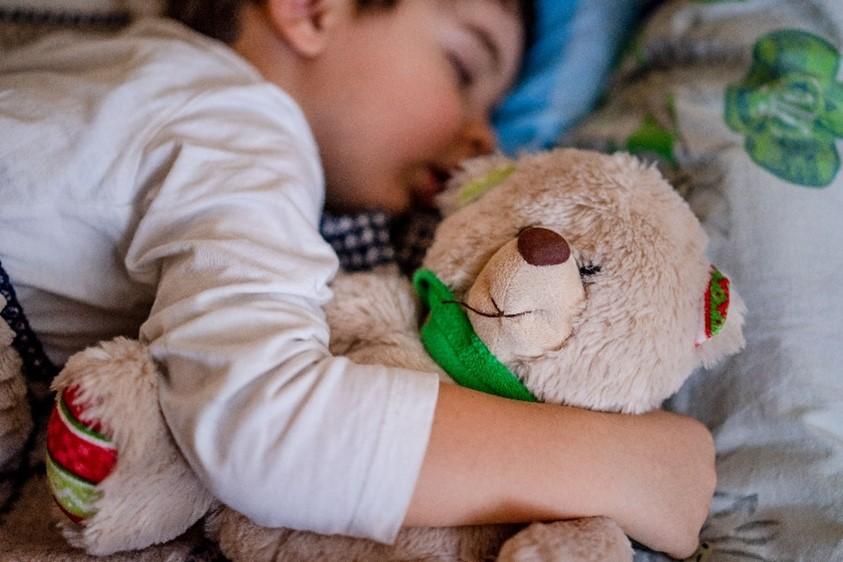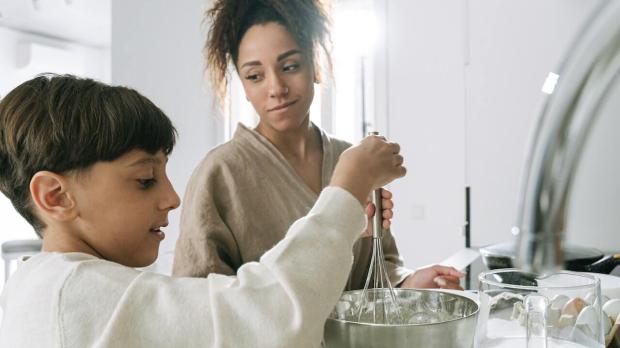What is a healthy lifestyle for a pre-school aged child?
A healthy lifestyle consists of many things including a good balance of food, positive hygiene and exercise, both physical and mental.
Having a healthy relationship with food and drink is a key part of maintaining a healthy lifestyle for both children and adults. Fostering positive behaviours early in life will allow your child to make constructive choices as they grow up.
Food
Food routines are so important. If you can, try to eat meals together as a family. This can be difficult but aim for at least one meal a day, maybe breakfast or dinner?
- Sit at the table with your child so they learn about eating with others and general table manners, and it becomes a positive experience.
- Teach your child to wash their hands before eating and if possible, turn off the TV so the focus is on the meal.
- Talk about different foods – think about where they come from, which country, animal or plant source?
- If you are eating different foods than your child, explain why. Their food will contain nutrients that they need for strong bones, growing taller, “brain food” (aka fish, eggs, chopped nuts etc.), five fruit and vegetables a day, salt intake and more.
When possible, if you are eating a balanced meal, encourage your child to eat the same. Be careful that your meal doesn’t contain too much salt or additives.
Current guidance on suitable foods and allergy advice can be found on the NHS website.
When practical, try to make the plate exciting and something that your child would want to eat. It is also good to involve them in meal times. If they can help plan meals and prepare some of the food they will be more interested in their meals.
The Eatwell guide provides guidance on this.

Your child will be a confident eater now – but some foods still pose a choking hazard, so it’s important to stay near them when they are eating.
Grapes are particularly dangerous and should always be cut in half lengthways to avoid choking risk.
Your child will also be starting to eat with cutlery. This can take time and patience to get right, but it is a great skill to have mastered before starting school.
Some great advice about developing this skill can be found on the NHS GGC site, and there's lots more information in our Healthy eating section.
Fussy eaters
By now, your child will have developed some very specific likes and dislikes. Their palates are still developing, so keep offering new foods and periodically add the ones they have refused back onto their plate. You may find that they now refuse something they previously ate with relish - don’t worry, this is quite normal. Just offer it again after a break.
Mealtimes can sometimes become a battle of wills - one of the things your child has full control of is what they eat. If mealtimes are becoming difficult there is some great advice here on the NHS fussy eaters guide.
If this doesn’t help, speak to your health visitor or GP, especially if you are worried about the amount your child is eating or if they are only accepting certain foods.
Five a day
Children and adults should aim for 5 portions of fruit and vegetables a day. There are lots of varieties to choose from. Even if you've got a picky eater on your hands, you're bound to find something tasty your child will like! What counts as five a day? Check out the NHS Food Facts website.
Meal size
What size meals should you feed your child? Remember that your child doesn’t need to eat as much as you. As a rough guide, one portion is the amount they can fit in the palm of their hand.
The British Nutrition Foundation has some really good advice on a healthy balance of different food groups:

Children have smaller stomachs than adults and need to eat smaller amounts more often. Eating three meals a day plus two to three smaller snacks at regular times is typical. Eating too much of even healthy foods can still cause your child to put on excess weight.
If your child is underweight, a varied, balanced diet is the key to healthy weight gain. Advice can be found on the NHS Healthy Weight page. If you are worried about your child’s weight or height, seek professional advice from your health visitor or GP.
Having fun with food
Exploring food can be a great way to encourage a healthy diet. This doesn’t always have to be at mealtimes.
Food science is fun! Try growing your own vegetables, mixing foods together, describing food colours and tastes or other activities. Cutting and printing with fruit and vegetables is a fun way to explore food – Are there pips? What happens if you cut it in different directions? What shapes can you make?
If you have a garden, many ideas can be found for easy growing online. Eat Right has a great example of how nutritious and fun this can be.
No garden, no problem! Have fun experimenting in the kitchen with these windowsill gardening projects.
Drinks
Thirsty? The best drinks for children are plain water and milk. At the table have drinks in an open cup.
If your child does have sugary drinks, limit these to mealtimes rather than giving them as snacks in between meals and water them down as much as possible.
Like fizzy drinks, fruit juice and squash can be high in sugar or additives, which can cause tooth decay. Because sugary drinks can be high in calories, having these drinks too often can also lead to weight gain and obesity.
Vitamins
The NHS advise parents to give their children extra vitamins up to the age of 5. A balanced diet should give all your child needs but if you want more information speak to a health visitor or visit the NHS Change4Life or NHS Healthy Start sites.
Let’s get moving
Exercise is good for all of us. Pre-schoolers should spend at least 3 hours doing a variety of physical activities spread throughout the day, including active and outdoor play. The more the better.
The 3 hours should include at least 60 minutes of moderate-to-vigorous intensity physical activity. However, moving round the home, standing at the sink or engaging with floor play is all exercise as well.
Children under 5 should not be inactive for long periods, except when they're asleep. Consider how much time your child is inactive -watching TV, travelling by car, bus or train, or being strapped into a buggy.
Henry.org has lots of hints and tips for healthy exercise inside and outdoors from making music, to obstacle courses, picnic ideas and more.
Sleep

Your child will need around 11-12 hours of sleep. Good bedtime routines will support your child and their development. Making sure your child has time to relax before bed can aid in a good night’s sleep. The Sleep Charity shares some examples of bed routines.
It’s a good idea to limit screen time around an hour before bedtime and keep screens out of bedrooms. The light will stimulate your child and make winding down more difficult. Sharing stories and books with your child can be a good way to calm things down to encourage them to sleep. The Sleep Charity has information about creating a good bedroom environment.
Sleep is not always easy, so here is some information on common sleep problems in children. Your child may have night terrors and nightmares.
Contact your health visitor for more advice.

This content in this section has been co-produced in partnership with The Sleep Charity.


